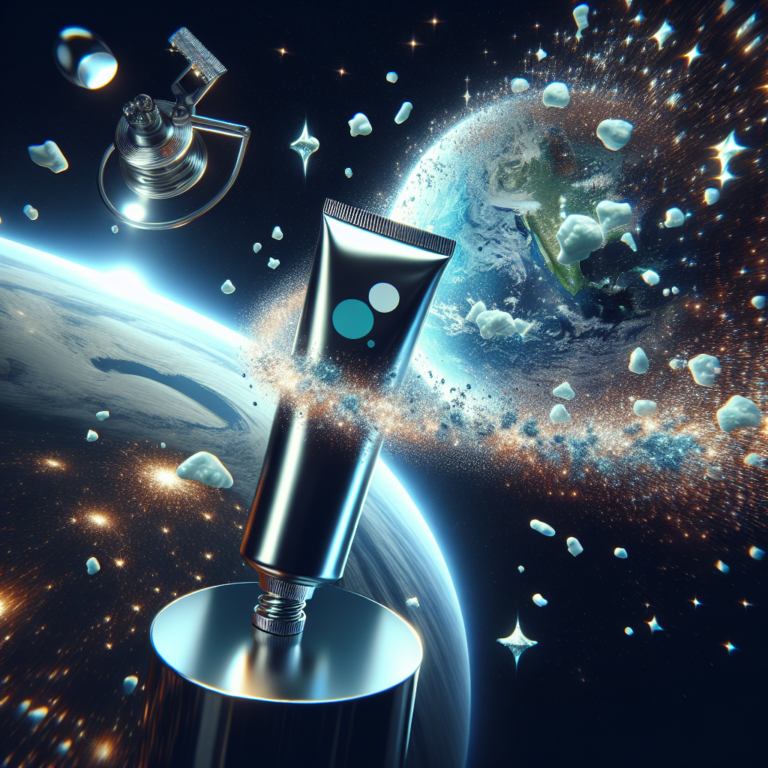NASA has recently allocated nearly $1.5 million to a variety of academic, non-profit, and business entities to foster the development of cutting-edge technologies crucial for the agency’s Artemis lunar program and subsequent missions to Mars. A total of 24 projects from 21 different organizations have been selected to receive funding through NASA’s Dual-Use Technology Development Cooperative Agreement Notices (CANs). These organizations will also benefit from the expertise of specialists in propulsion, space transportation, and science from NASA’s Marshall Space Flight Center in Huntsville, Alabama.
The awarded projects are diverse and innovative, ranging from the utilization of lunar soil for construction on the Moon to the development of new battery materials and enhancements to a neutrino particle detector. Some notable endeavors include the use of smartphone video guidance sensors for robot navigation on the International Space Station and the incorporation of graphene nanoplatelets to improve the electrical conductivity of lunar regolith components manufactured through additive processes.
Among the recipients are notable institutions such as Auburn University, Florida Institute of Technology, and the University of Alabama, with the latter two receiving funds for two separate projects. The initiative aims to bridge technology gaps and support the creation of components and systems that will be integral to NASA’s Moon to Mars exploration architecture.
This funding opportunity is part of NASA’s broader efforts to encourage research and innovation that can propel the commercial space sector forward while also contributing to the agency’s long-term mission objectives. The 2024 solicitation cycle is currently open for organizations interested in participating. For more information on NASA’s missions and opportunities, interested parties can visit the official NASA website.



